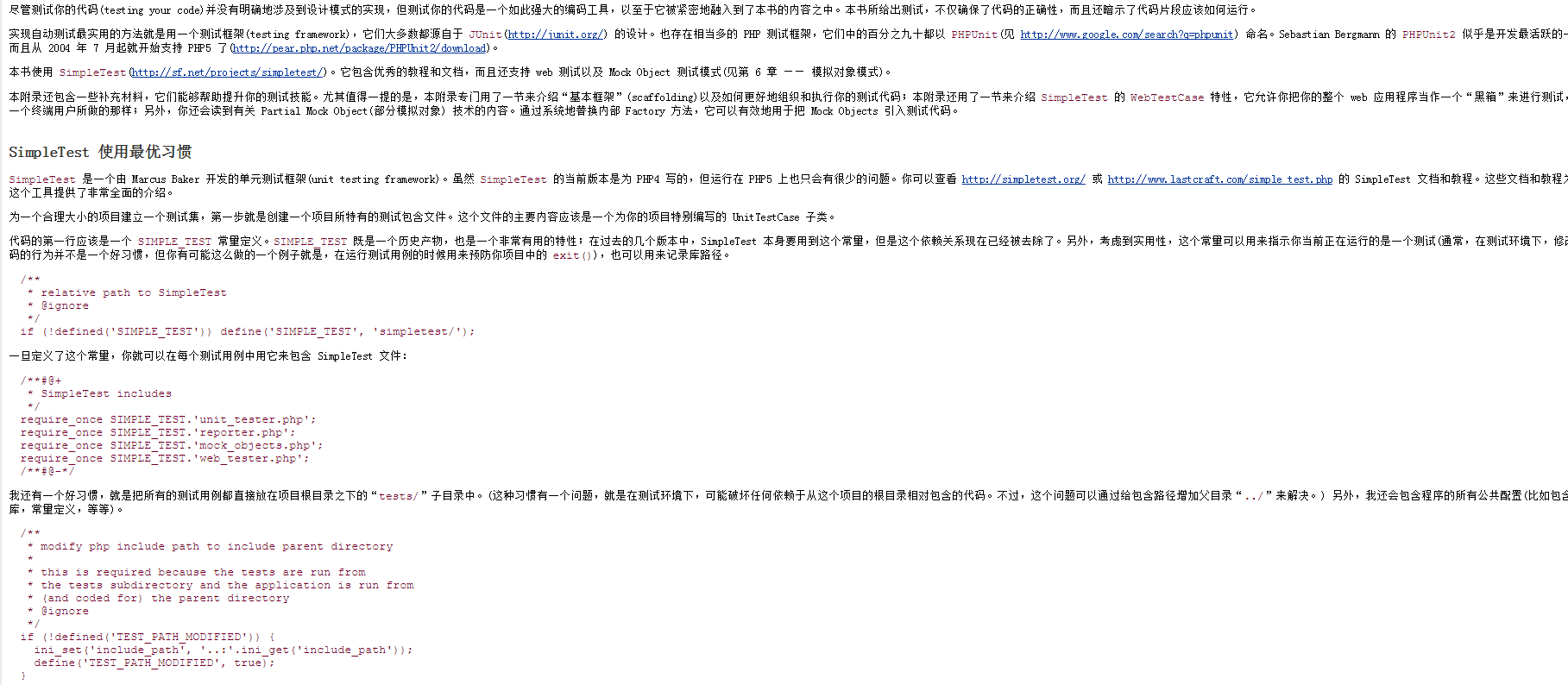restful api 设计的核心是围绕资源组织,使用标准 http 方法操作资源。1. 资源命名应使用名词,uri 使用斜杠分隔层级,避免扩展名,使用连字符提高可读性;2. http 方法对应操作:get 获取、post 创建、put 更新、delete 删除;3. 使用合适状态码如 200 成功、404 未找到等;4. 版本控制通过 uri 或请求头实现;5. hateoas 提供动态发现能力;6. 过滤排序使用查询参数,如 /users?name=john;7. 安全方面采用身份验证(如 jwt)、授权(如 rbac)、https、输入验证和速率限制;8. 文档使用 openapi 等标准化格式,提供详细描述和示例代码,并保持更新。

RESTful API 设计,简单来说,就是让你的 API 看起来更像一个网站,资源有唯一的地址,用标准的方法(GET、POST、PUT、DELETE)来操作。关键在于“资源”和“状态转移”。

RESTful API 设计的核心在于围绕资源进行组织。每个资源都应该有一个唯一的 URI,并且客户端可以通过标准的 HTTP 方法来操作这些资源。
/users 表示用户资源,而不是 /getUsers。/users/123/posts 表示用户 ID 为 123 的用户的帖子。.json 或 .xml。通过 Content-Type 请求头来指定响应格式。/user-posts。GET: 获取资源。POST: 创建新资源。PUT: 完整更新现有资源。PATCH: 部分更新现有资源。DELETE: 删除资源。200 OK: 请求成功。201 Created: 资源创建成功。204 No Content: 请求成功,但没有返回内容。400 Bad Request: 客户端请求错误。401 Unauthorized: 未授权。403 Forbidden: 禁止访问。404 Not Found: 资源未找到。500 Internal Server Error: 服务器内部错误。/v1/users。这样可以在不影响现有客户端的情况下,对 API 进行更新。或者使用自定义请求头 X-API-Version: 1。对于列表资源的过滤和排序,可以使用查询参数。例如:

/users?name=john&age=30: 过滤出名字为 john 且年龄为 30 的用户。/users?sort=age&order=desc: 按照年龄降序排序用户。/users?page=2&limit=10: 分页查询,每页 10 条数据,查询第二页。需要注意的是,对于复杂的过滤条件,可能需要考虑使用更高级的查询语言,例如 GraphQL。
安全性是 API 设计中非常重要的一环。以下是一些常见的安全措施:

《PHP设计模式》首先介绍了设计模式,讲述了设计模式的使用及重要性,并且详细说明了应用设计模式的场合。接下来,本书通过代码示例介绍了许多设计模式。最后,本书通过全面深入的案例分析说明了如何使用设计模式来计划新的应用程序,如何采用PHP语言编写这些模式,以及如何使用书中介绍的设计模式修正和重构已有的代码块。作者采用专业的、便于使用的格式来介绍相关的概念,自学成才的编程人员与经过更多正规培训的编程人员
 341
341


Authorization 请求头中。不安全,不推荐使用。例如,使用 JWT 的一个简单示例 (Python + Flask):
import jwt
import datetime
from functools import wraps
from flask import Flask, request, jsonify, make_response
app = Flask(__name__)
app.config['SECRET_KEY'] = 'your_secret_key' # 实际应用中应使用更强的密钥
def token_required(f):
@wraps(f)
def decorated(*args, **kwargs):
token = request.headers.get('Authorization')
if not token:
return jsonify({'message': 'Token is missing!'}), 401
try:
data = jwt.decode(token, app.config['SECRET_KEY'], algorithms=["HS256"])
# 在这里可以根据 data['user'] 查询用户信息,并传递给被装饰的函数
except:
return jsonify({'message': 'Token is invalid!'}), 401
return f(*args, **kwargs)
return decorated
@app.route('/login')
def login():
auth = request.authorization
if not auth or not auth.username or not auth.password:
return make_response('Could not verify', 401, {'WWW-Authenticate': 'Basic realm="Login Required"'})
# 在这里验证用户名和密码
if auth.username == 'test' and auth.password == 'password':
token = jwt.encode({
'user': auth.username,
'exp': datetime.datetime.utcnow() + datetime.timedelta(minutes=30)
}, app.config['SECRET_KEY'], algorithm="HS256")
return jsonify({'token': token})
return make_response('Could not verify', 401, {'WWW-Authenticate': 'Basic realm="Login Required"'})
@app.route('/protected')
@token_required
def protected():
return jsonify({'message': 'This is a protected route!'})
if __name__ == '__main__':
app.run(debug=True)清晰、完整的 API 文档对于 API 的使用者来说至关重要。以下是一些建议:
例如,使用 Swagger 的一个简单示例 (YAML):
openapi: 3.0.0
info:
title: User API
version: v1
paths:
/users:
get:
summary: Get all users
responses:
'200':
description: Successful operation
content:
application/json:
schema:
type: array
items:
type: object
properties:
id:
type: integer
name:
type: string
/users/{id}:
get:
summary: Get a user by ID
parameters:
- name: id
in: path
required: true
schema:
type: integer
responses:
'200':
description: Successful operation
content:
application/json:
schema:
type: object
properties:
id:
type: integer
name:
type: string这个 YAML 文件可以被 Swagger UI 解析,生成交互式的 API 文档。
总而言之,RESTful API 设计不仅仅是一种技术规范,更是一种设计哲学。它强调资源的重要性,并通过标准的 HTTP 方法来操作这些资源。一个好的 RESTful API 应该易于理解、易于使用、易于维护,并且具有良好的安全性。
以上就是RESTful API设计规范详细解析与示例的详细内容,更多请关注php中文网其它相关文章!

每个人都需要一台速度更快、更稳定的 PC。随着时间的推移,垃圾文件、旧注册表数据和不必要的后台进程会占用资源并降低性能。幸运的是,许多工具可以让 Windows 保持平稳运行。

Copyright 2014-2025 https://www.php.cn/ All Rights Reserved | php.cn | 湘ICP备2023035733号